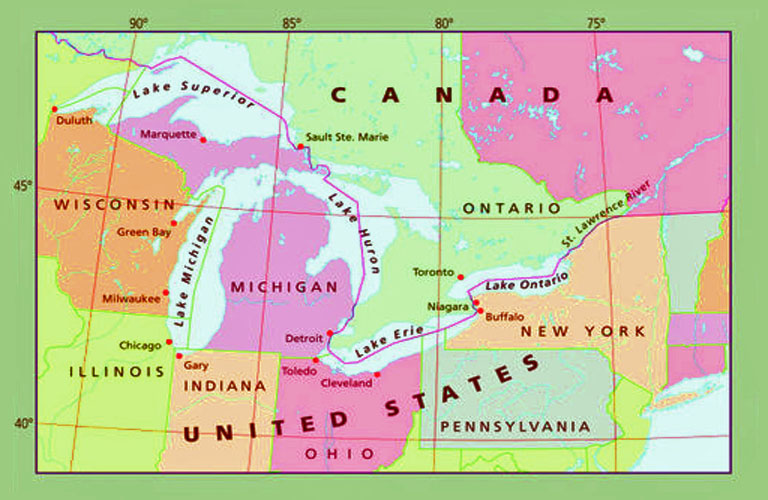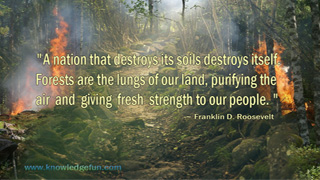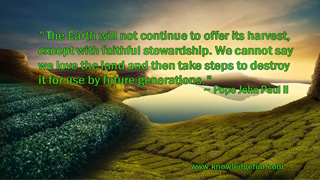GREAT LAKES
The Great Lakes
The Great Lakes are a group of five large lakes (Superior, Michigan, Huron, Erie, and Ontario) in North America on or near the Canada-United States border. They are the largest group of fresh water lakes in the world. They also have an effect on weather in the region, known as lake effect. The combined surface area of the lakes is 94,250 square miles or 244,100 km²
Sprinkled throughout the lakes are the approximately 35,000 Great Lakes islands, including Manitoulin Island in Lake Huron, the largest island in any inland body of water (also home to the world's largest lake within a lake: Lake Manitou), and Isle Royale in Lake Superior, the largest island in the largest lake.
Today, 20 percent of the world's fresh surface water is contained in the five great lakes: 5,472 cubic miles (22,812 km³), or 6 quadrillion U.S. gallons (22.81 quadrillion litres) in all. It is enough water to cover the contiguous 48 states to a uniform depth of 9.5 feet (2.9 m). The Great Lakes coast measures 10,900 miles (17,549 km) (including islands and connecting channels), nearly as long as the total US ocean coastline (19,928 km, or 12,383 mi), including Alaska.
When a national resource has 8,300 miles of shoreline and 6 quadrillion gallons of fresh water - making it the largest surface freshwater system on Earth - it's bound to attract some attention. Now surround that resource with eight states, two Canadian provinces, and multiple tribal lands, and you’ve got a political hot spot known as the Great Lakes basin. Add to this picture vast numbers of individuals and industries relying on the water to serve as their fishing and dumping grounds as well as a source of drinking water, transportation, recreation, and power, and it's no wonder the U.S. government alone has about 140 programs devoted to the care and maintenance of the Great Lakes.
The Great Lakes basin has suffered from severe pollution problems, one of the most dramatic being recurring fires on one of Lake Erie’s arteries, the Cuyahoga River. The fires began in 1936, when a spark from a blowtorch ignited waste oil floating on the river. Recurrent fires continued until the early 1970s, when policy makers and others decided to crack down on pollution. Nowadays, the fires are history and the lakes are cleaner. But the Great Lakes remain plagued by mercury contamination, legal and illegal dumping of industrial chemicals, burgeoning populations of invasive species, and dwindling food supplies and habitat for native creatures. Read The Great Lakes: Awash In Policies for more information.
The Saint Lawrence Seaway (the largest fresh-water system in the world) and Great Lakes Waterway opened the Great Lakes to ocean-going vessels.However the move to wider ocean-going container ships — which do not fit through the locks on these routes —has limited shipping on the lakes. Despite their vast size, large sections of the Great Lakes freeze over in winter, and most shipping stops during that season.
For centuries the Great Lakes have been treated callously. These five magnificent lakes: Superior, Michigan, Huron, Erie, and Ontario; located along the eastern half of the Canadian - U.S. border have served as a virtual sewer catching waste from industry, agriculture, commercial shipping, and households.

Their natural barriers to other water systems have been breached, exposing indigenous ecosystems to aggressive invaders. They've been used as a highway for colossal ships that require deepened and broadened channels to crisscross the lakes, and that import exotic species along with their intended cargo.
At times it could seem that this long-suffering water system will see no end of indignities. But recent renewed focus on the unique and tremendous value of this resource by governments and communities surrounding the lakes may turn the tide of neglect and abuse. Read Great Lakes - A Resource At Risk
In contrast to modern human populations, populations of free-living wildlife are panmictic and unaffected by ethnicity, religious practices, and long-distance immigration, thereby reducing the relative importance of heredity in wildlife disease. This shifts the focus of the wildlife biologist to diet and the environment. Read Wildlife As Sentinels of Human Health Effects in the Great Lakes - St.Lawrence Basin to find out more.
"Thousands have lived without love, not one without water." ~ W. H. Auden
What You Should Know
Fish-eating wildlife, like humans, are terminal members of the fish eating guild of the Great Lakes ecosystem.
Unlike most human populations residing in the Great Lakes basin, their diet is composed almost entirely of fish and components of the Great Lakes food chain.
Health of humans is also affected by occupation, life style, and heredity. In the case of wildlife, occupation reflects the ecologic niche of a species, and life style is reflected in prey choice.
Wildlife are highly mobile and generally widely dispersed. Therefore, health assessments are limited to those stages of the life cycle when individuals are relatively immobile (embryos of birds & turtles, flightless young) and aggregated (adult and prefledgling colony-nesting birds, nesting turtles).
Process of environmental disease is a continuum from the onset of exposure to the stressor through precursor or compensatory states (impairments) that precede the clinical onset of sicknesses, or dysfunctions that culminate in irreversible effects or death.





